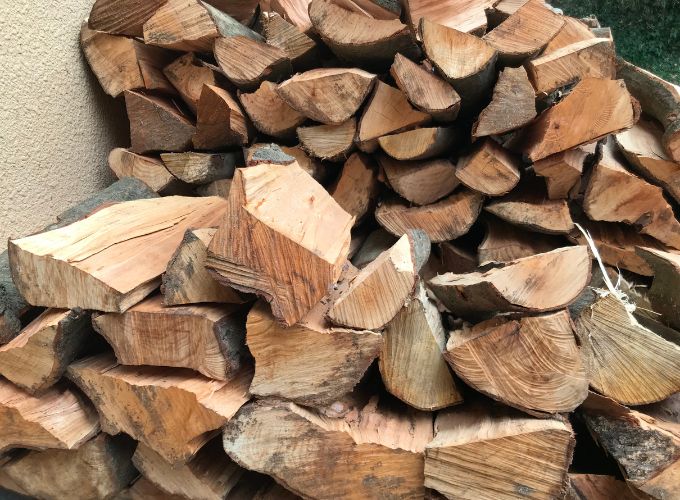
DIY Firewood Care: Maintain and Store for Winter Warmth
As winter approaches, ensuring a steady supply of well-maintained and properly stored firewood is essential for keeping your home warm and cozy. This guide will walk you through the process of maintaining and storing firewood yourself, ensuring you have a reliable source of heat for the colder months.
Choosing the Right Firewood
The first step in maintaining a winter-ready stockpile is selecting the right type of firewood. Hardwoods such as oak, hickory, and maple are ideal choices as they burn hotter and longer. Avoid softwoods like pine, which burn quickly and produce more creosote, potentially leading to chimney issues.
Cutting and Splitting Techniques
If you’re cutting your own firewood, mastering proper cutting and splitting techniques is crucial. Use a sharp chainsaw for efficient cutting, and aim for logs of manageable size for splitting. Splitting the wood helps it dry faster and ensures a better burn. Wear appropriate safety gear during this process.
Seasoning the Firewood
Seasoning, or drying, is a critical step in preparing firewood for optimal burning. Newly cut wood can have a high moisture content, making it difficult to ignite and producing more smoke. Allow the firewood to season for at least six months to a year in a dry and well-ventilated area before use.
Stacking for Airflow
Properly stacking firewood promotes airflow, further aiding in the seasoning process. Create a raised platform or use pallets to keep the wood off the ground, preventing moisture absorption. Stack the wood loosely to allow air circulation, helping it dry uniformly and reducing the risk of mold or fungus growth.
Protecting from the Elements
While the wood seasons, it’s crucial to protect it from the elements. Cover the top of the woodpile with a tarp or roof-like structure to shield it from rain and snow. Ensure the sides remain open for proper ventilation. A well-covered woodpile not only dries faster but also maintains its quality for a longer period.
Checking for Pest Infestations
Inspecting your firewood for pests is a vital part of maintenance. Termites, ants, and other insects can make their homes in the woodpile, potentially causing issues when brought indoors. Regularly check the stacked wood for signs of infestation and take appropriate measures to address any problems promptly.
Organizing for Accessibility
As the colder months approach, organize your firewood for easy access. Place seasoned wood closer to your living space for immediate use, while keeping a reserve of unseasoned wood for future burning. This organization ensures a convenient and efficient wood-burning experience throughout the winter.
Storing Firewood Indoors
For immediate use, store a small amount of firewood indoors, ideally in a dry and well-ventilated space. A designated wood rack or storage area near the fireplace or wood stove is ideal. This indoor storage ensures that you have dry and ready-to-burn wood without having to venture outside in inclement weather.
Regular Inspection and Rotation
Ongoing maintenance involves regular inspection of your firewood stockpile. Check for any signs of deterioration, such as rot or mold, and promptly remove affected pieces. Rotate the woodpile, using the older pieces first to ensure a consistent supply of well-seasoned firewood.
Explore Fund Your Purpose for DIY Tips
For more DIY tips and home improvement insights, visit Fund Your Purpose. The platform offers valuable resources to empower you in various DIY endeavors, including maintaining and storing firewood. Whether you’re preparing for winter or tackling other home projects, Fund Your Purpose is your go-to source for practical insights and expert advice.









